So what do you do with 150 figs in a short period of time? Well, you eat some as-is, of course. You also can dehydrate some for later, grill them, candy them, make a sauce, or make FIG JAM (I’ll give you this little gem in the next post). 2014 was the first year when I got a significant yield from my tree, and I decided to invent a dish that is much more outside-the-box...
My goal was to create something a little more worthy of a tree that fought back from what I thought was certain death. I had just bought half of a grass fed cow from a local farmer and had a beautiful looking chuck roast, so pairing the figs seemed like a great idea.
Grass-fed beef is far leaner than the grain-fed variety. It is also significantly lower in cholesterol and contains about five times the Omega 3s. It also has about twice as much conjugated linoleic acid as grain-fed beef. I’ve already spoken with my grass-fed beef provider at A Better Way Beef and will be doing a blog post all about grass fed beef sometime in the near future. I’m planning on doing an interview with him, so we’ll talk more about the benefits/difference between grass-fed and grain-fed beef in that post. But for now, back to the topic at hand...FIGS.
Ah yes, beautiful, aren’t they? Most people have only had figs in Fig Newtons...and that’s not an accurate representation of what they’ve got to offer flavorwise. Anyhow, I determined that adding a few aromatics and flavor-boosting ingredients to my creation would be ideal. Enter dried guajillo chilies, garlic, bay leaves, rosemary, cloves, cinnamon, and dried cherries.
Because of its lean nature, grass-fed beef is ideally cooked at a low temperature for a long period of time, so I opted for a simple Crock Pot cooking/braising approach. Any good braise requires liquid that covers the meat, so I added beef stock, red wine, balsamic vinegar, and the pureed figs.
All of this is cooked on high in the slow cooker for about three hours, and then for another 7-8 hours on low. At this point the beef should be incredibly tender and any bones in the roast should just slide right out. I remove the 2-3 little bones and any excess fat (there shouldn’t be much, especially if you use grass-fed beef).
Strain the remaining braising liquid through cheesecloth or a sieve and you’ll have a smooth liquid. Add the beef to this liquid and I typically put all of it in the fridge overnight. This gives an added depth of flavor to the beef. You can also skim any additional fat off the top easier after it’s been cooled and the fat rises to the top (at this point it should be extremely minimal).
Add the beef to a saucepan on medium/high heat and cook the beef/liquid for approximately 10 minutes. You are reducing the liquid and concentrating the wonderful flavors you’ve taken all this time to incorporate. When the liquid is slightly viscous, you can turn off the heat, taste for salt/pepper content (add if needed), and serve with your choice of roasted potatoes, mashed potatoes, or my personal favorite, mashed sweet potatoes with caramelized onions.
Click here for the printable PDF version of this fig-braised beef roast or click here to go to the recipe page! This is a crowd-pleasing dish and is something special to serve your nearest and dearest ones once a year when figs are abundant. The greatest thing about it is the sit-it-and-forget-it aspect that goes along with slow cooking in a Crock Pot. Enjoy!
Notes for figs:
1. Once they are picked from the tree, they have a really short shelf life if not refrigerated (1-2 days, tops).
2. Refrigerate the figs to extend their shelf life for up to 5 days.
3. If you have extra figs and don’t know what to do with them, make preserves/jam (I will give you a post on a delicious jam I created within the next couple of days).
4. Dehydrating the figs is also a great way to preserve them if you have too many (as if!).
5. Figs are ripe when they are slightly soft to the touch...the softer they are, the more ripe they are (and sweeter as well). If they’ve gone past soft to mushy, then you’re probably going to have to toss them. You’ll notice a discoloration of the interior when this occurs.


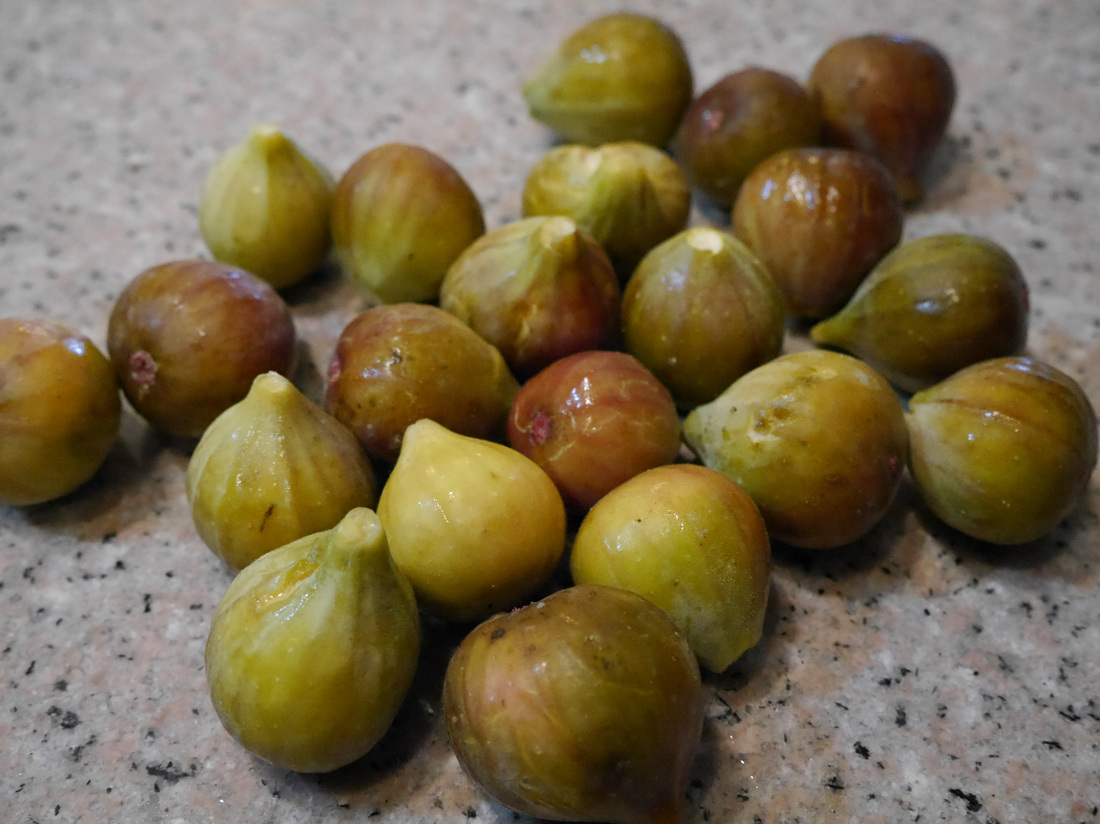
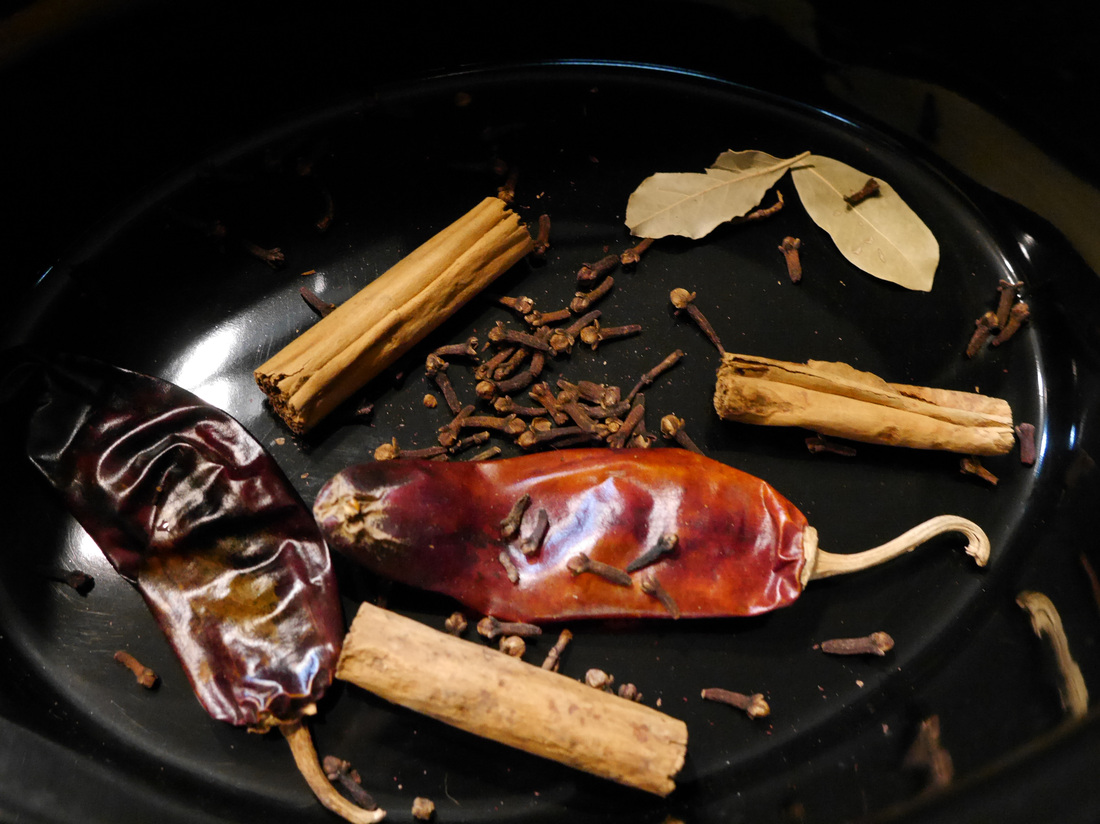
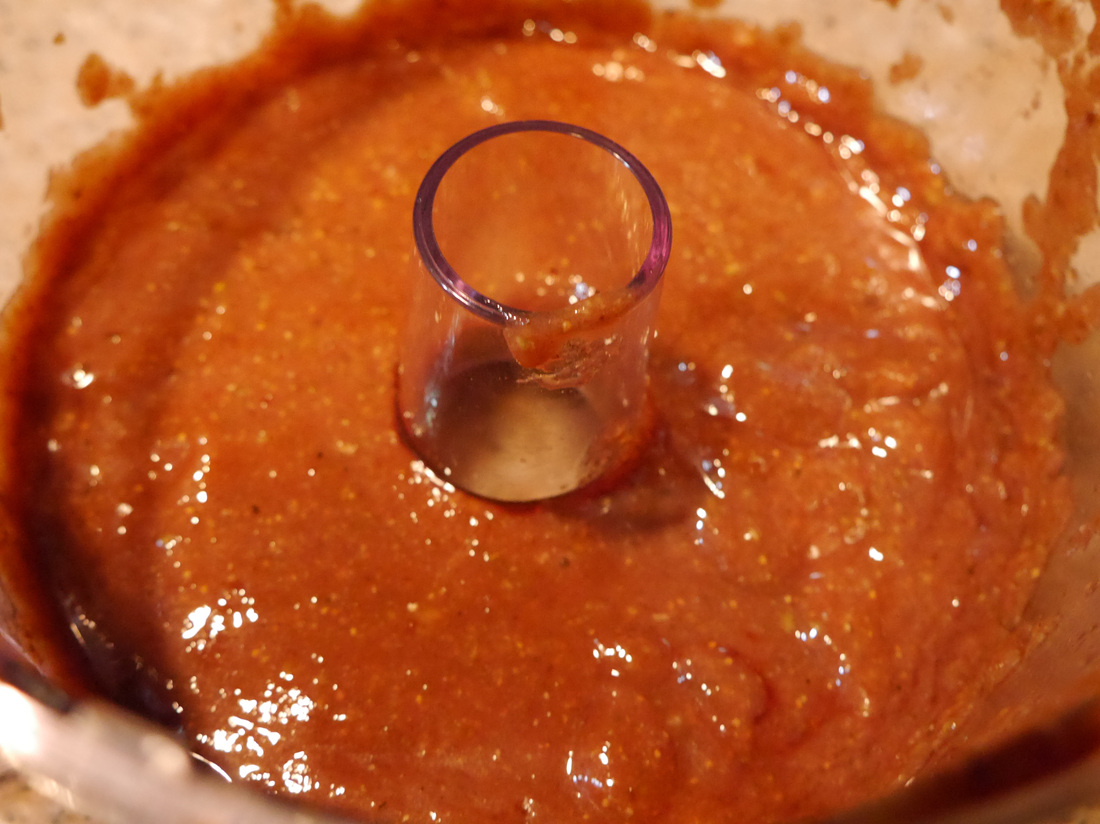
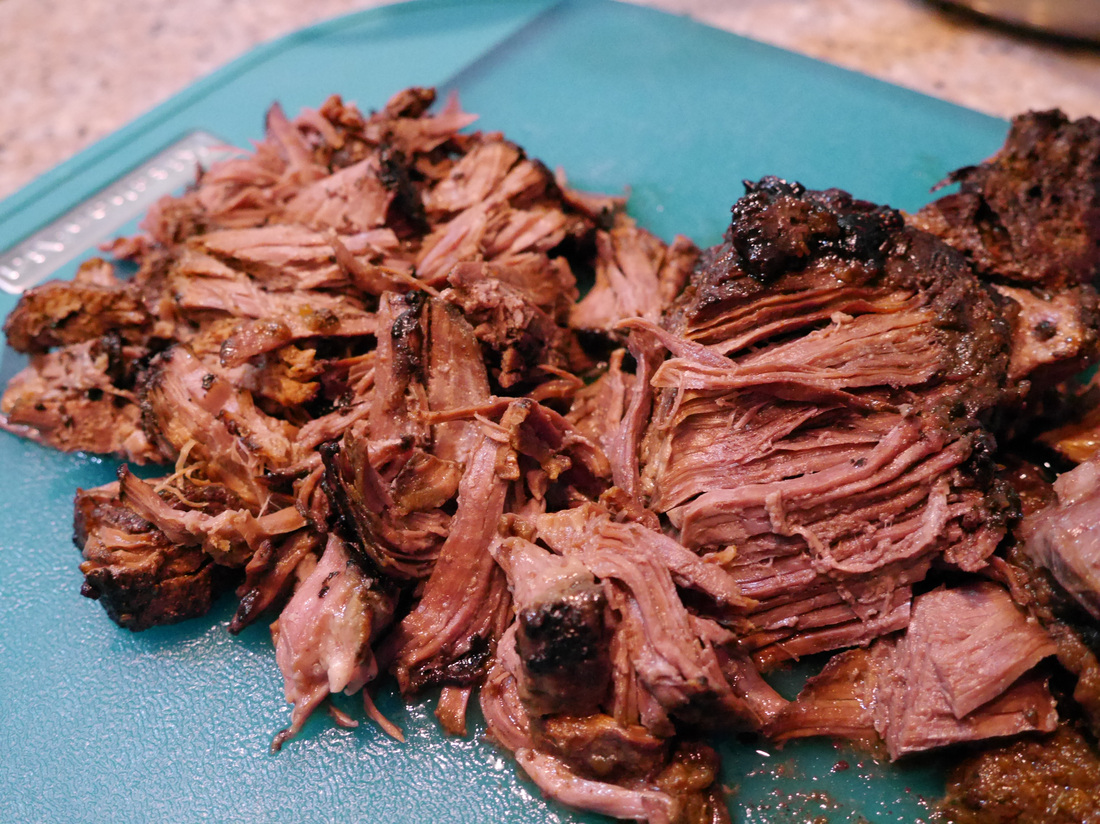
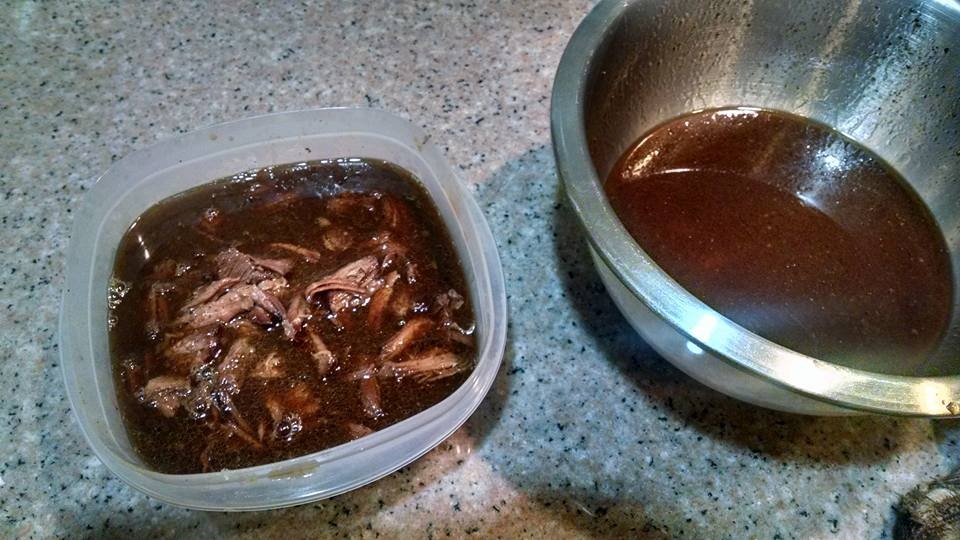



 RSS Feed
RSS Feed